What Do You Know?
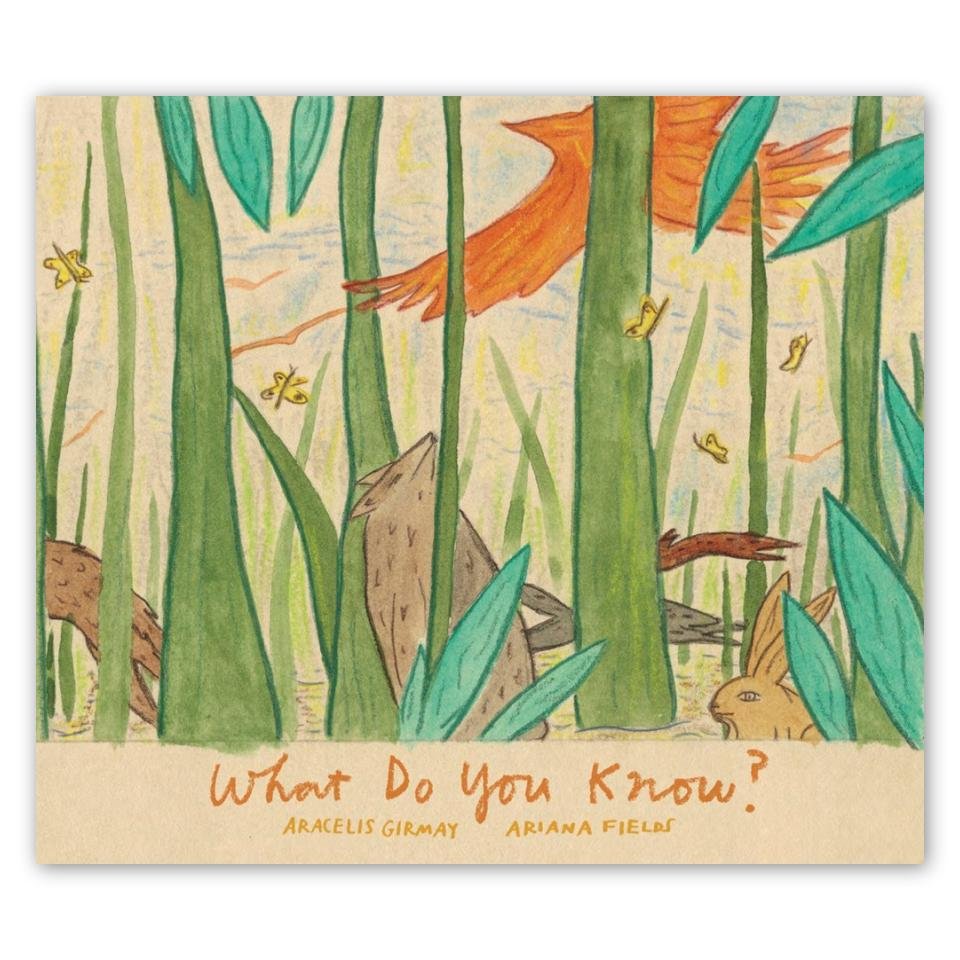
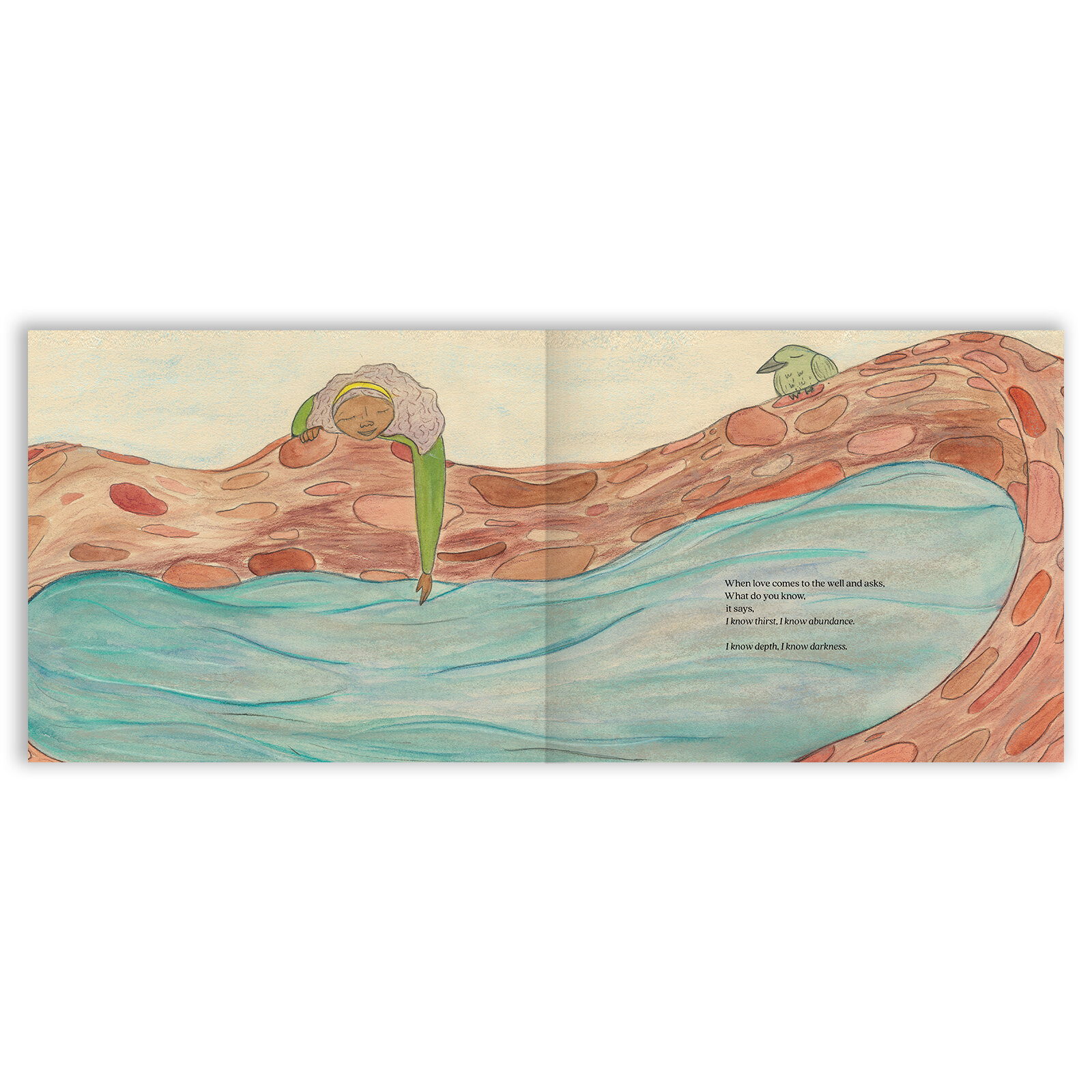
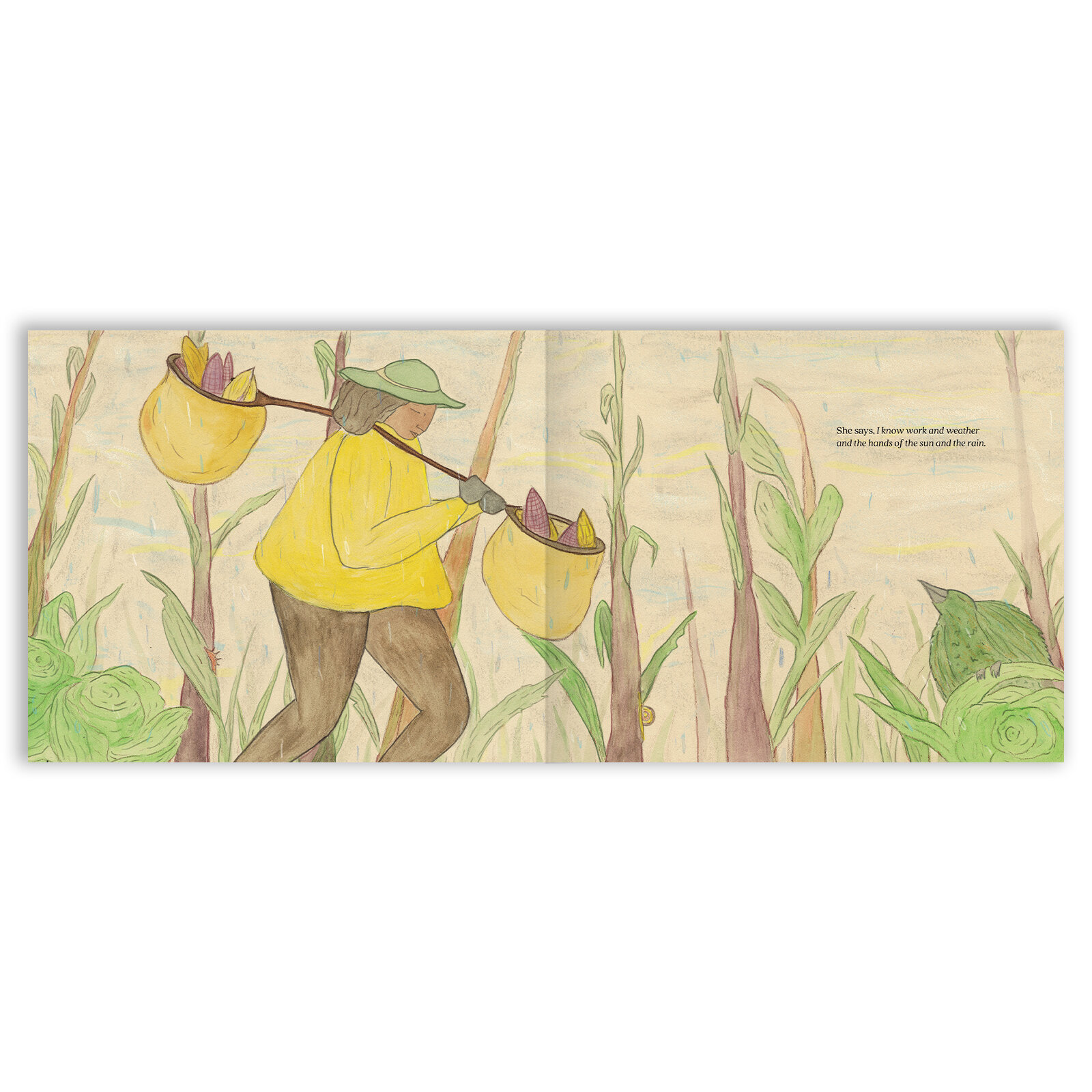

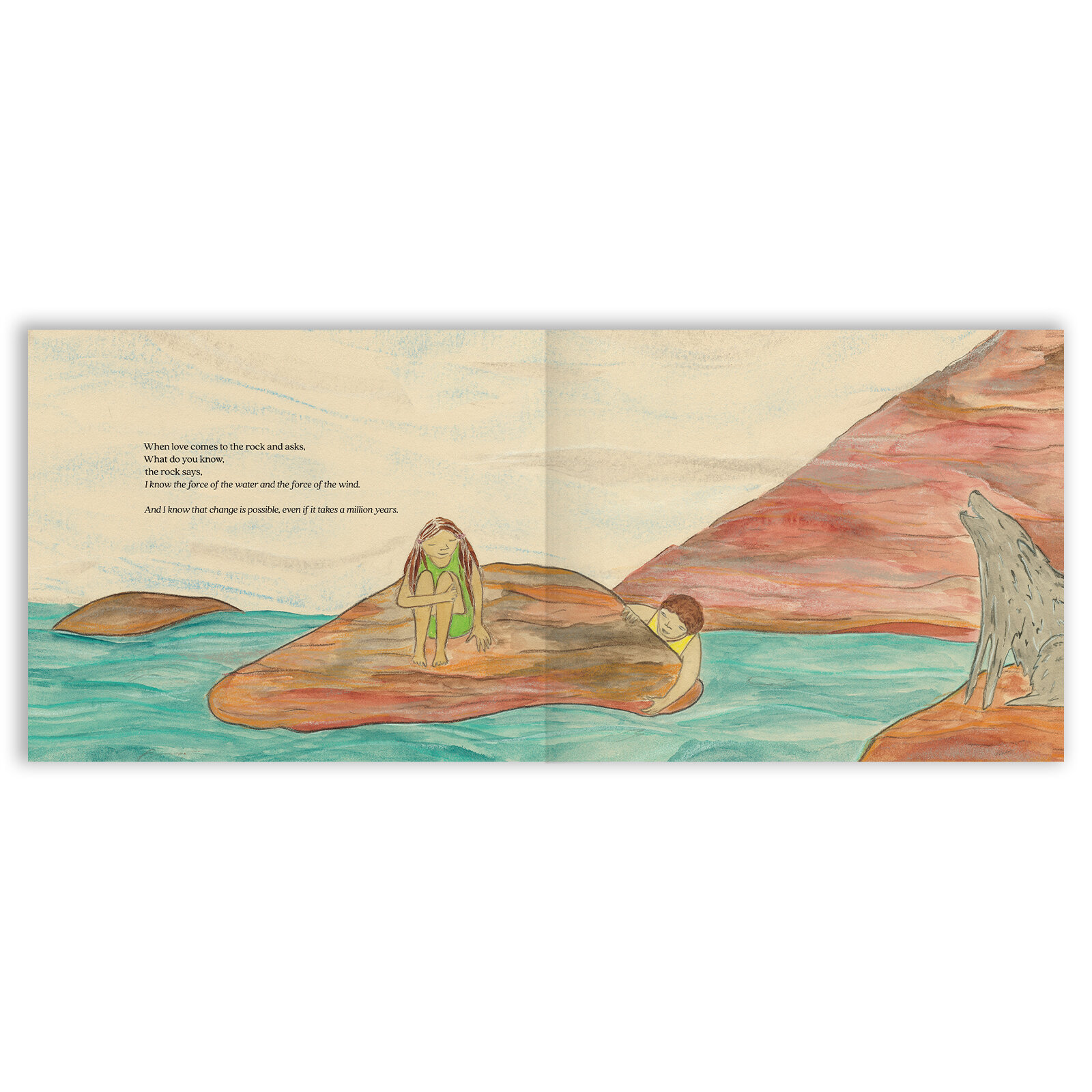
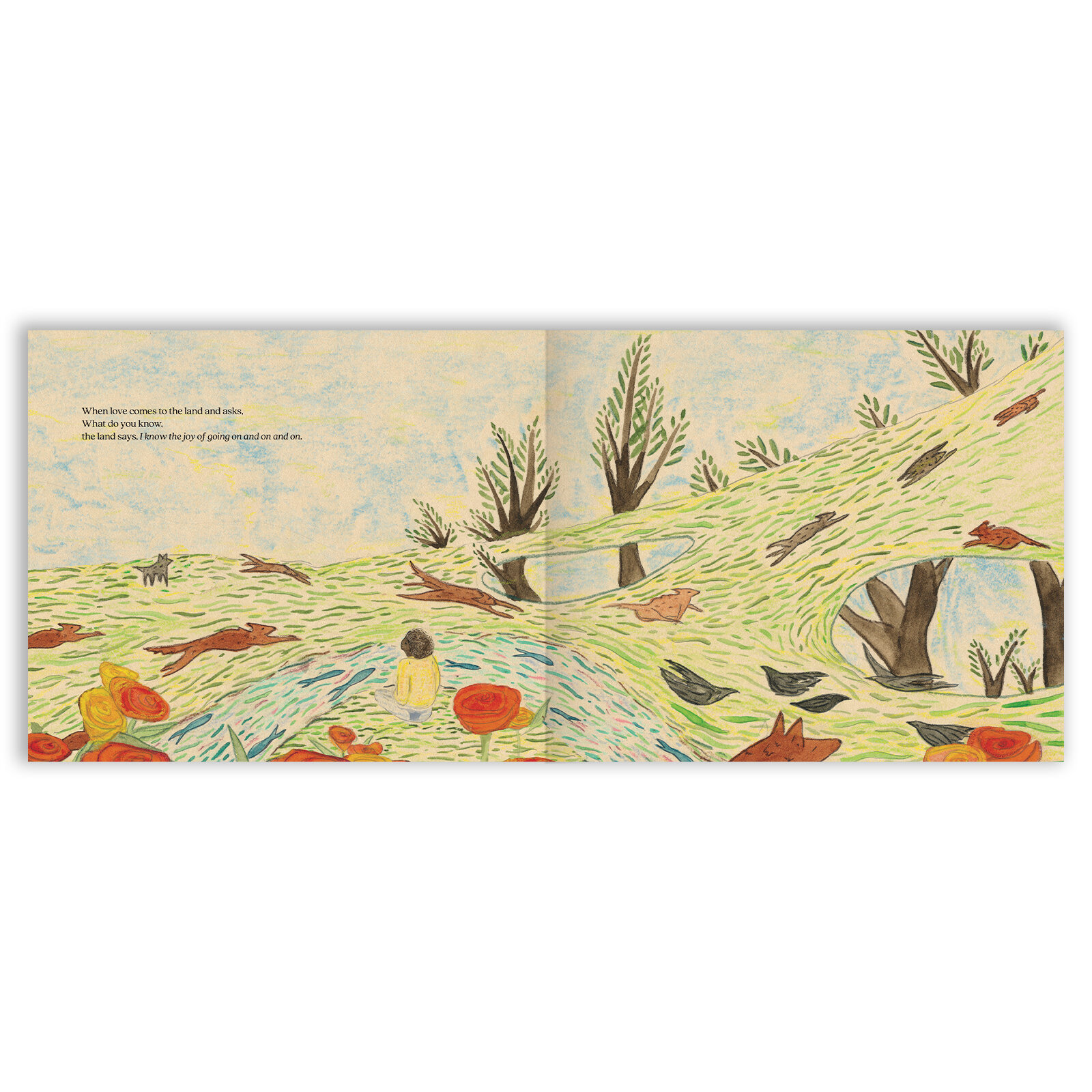
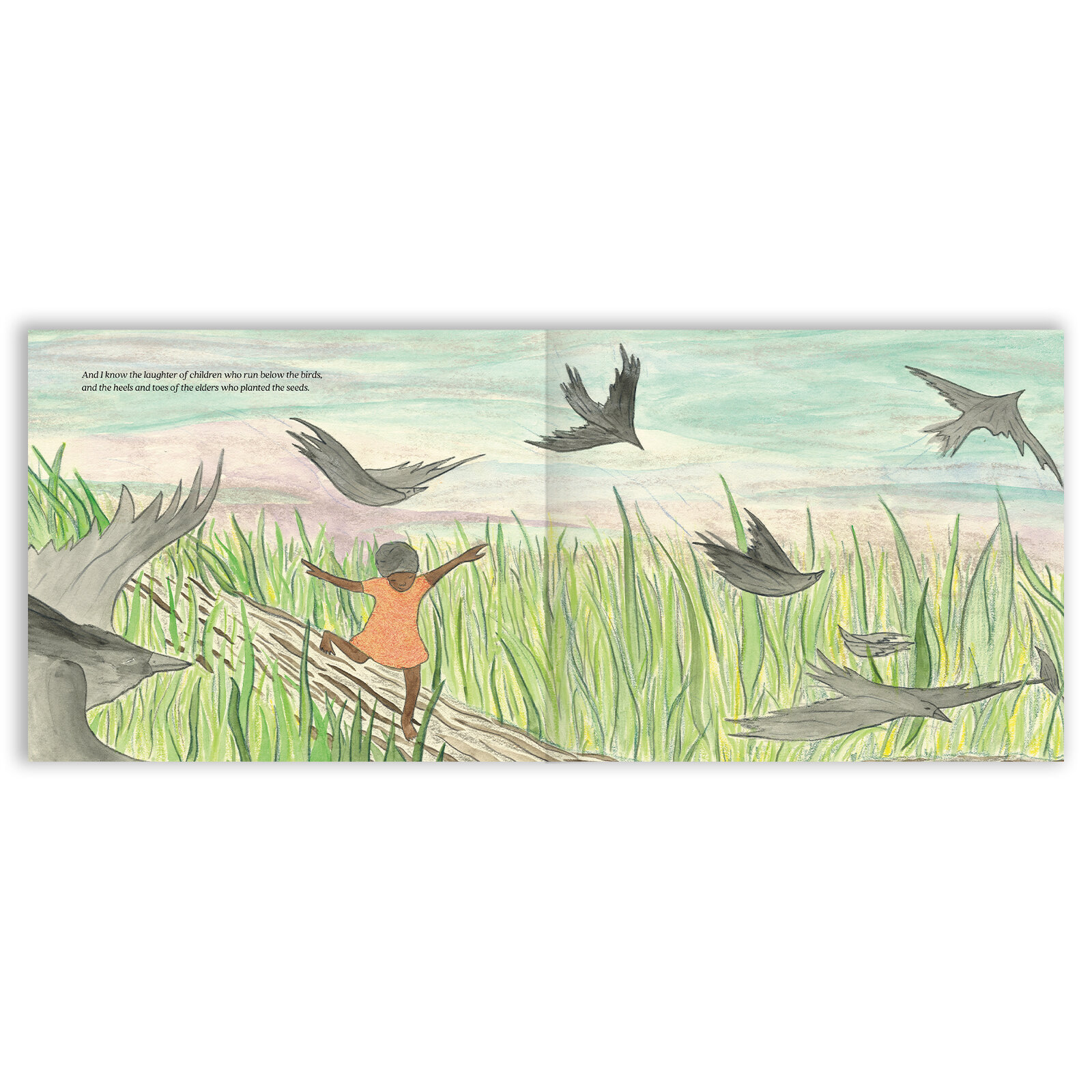
What Do You Know?
*This title will also be available on Bookshop, an organization that supports independent bookstores!
Written by Aracelis Girmay & Ariana Fields
Illustrated by Ariana Fields
“What do you know?” Love asks this of honeybees, a historian, fruit bats, a farmer, and a rock. With each poetic, wholly distinctive response to Love’s question, one thing is consistently reaffirmed—the unique wisdom possessed by all that is alive. This respect for the singular contributions we each can make was deeply integral to the creation process of this book itself. A collaboration between two sisters, both of whom wrote it, one of whom illustrated it, this illustrated poem holds space for mystery, wonder, and surprise, and for the elaboration of more questions through which to see and feel the world.
ISBN: 978-1-59270-321-0
11.4” (W) x 9.5” (H) • 52 Pages • HCJ
AWARDS AND REVIEWS
“Authors and sisters Girmay and Fields give voice to a variety of beings, imagining love itself asking, ‘What do you know?’ and listening carefully to the response. The question is asked of a well, bees, and a forest, among other entities. ‘When love comes to the farmers and asks,/ What do you know,’ one spread reads, a farmer responds: ‘I know work and weather/ and the hands of the sun and the rain.’ In softly tinted art with the feel of sketchbook pages, a brown-skinned farmer carries heavy baskets across her shoulders. … Fields draws as if setting down memories or dreams, with forms that repeat: people and birds with downcast gazes, bears with great claws, landscapes that undulate like ocean waves. Employing incantatory lines that conjure flame-like warmth and reverence, Girmay and Fields acknowledge the kind of knowing that’s older than books.“ —Publishers Weekly
“[In] this lyrical exploration of the world, … the musings are philosophical, ecological, poetic, and even sociological in nature: A historian, for instance, ‘knows history speaks when we listen for the quietest stories among the stories.’ Many spreads focus on the natural world and the animals in it, but readers also hear from farmers (including, refreshingly, a brown-skinned female farmer) and courage, which knows ‘the daily work of keeping on.’ … Many of these spreads let Mother Nature take the focus; humans (most are Black or brown skinned) are part of the land, not creatures who lord over it. Things even take a cosmological turn when readers hear from the Seven Sisters, who know ‘the language of light.’ Both text and art seem intentionally open-ended, leaving space for readers to extend meaning in their own ways, making it a fitting writing prompt for students (of all ages). Slightly muted, earth-toned illustrations feature flowing lines—from the multicolored furrows of a farmer’s plowed field to the rays of light in a starry night sky—that compel page turns. A contemplative, enigmatic exploration of life on planet Earth.” —Kirkus Reviews
“Author Aracelis Girmay and illustrator Ariana Fields, who are sisters, have created a sweeping, complex and mysterious vision of love in the picture book What Do You Know? Here, love is the protagonist who, in poetic and enigmatic text, wanders about asking questions of people, animals and even rocks: ‘When love comes to the forest and asks, / What do you know, / it says, I know the color green and the color brown / and the billion creatures and creature sounds / I know the call of the monkey, the breath of the bear, / the red of the ants and the shade’s dark gown.’ With soft lines and smudged colors, Ms. Fields’s pictures have a dreamlike quality. A gray bear clings to a purple tree; molten lava rushes like a river of black, orange and red; yellow mountain goats nibble dainty green plants growing from the crevices of rose-pink cliffs. What Do You Know? is an indirect mechanism for delivering love to readers ages 5-8, but with its varied scenes and characters, it fosters a sense of the wondrous width of the world and the connections between seemingly disparate things in it.” —Wall Street Journal
“All love is an outstretched hand of curiosity reaching for knowledge—a tender acknowledgement of a reality that is not yourself and a lively interest in its interiority… That is what poet Aracelis Girmay and her artist sister Ariana Fields explore in What Do You Know? … Page by page, love comes to the farmer and the seafarer, to the fruit bats and the honeybees, to the forest and the stars, asking each what they know, and their answers come simple and profound like a child’s question… What emerges is a glowing sense that love is not something we do but something we are, something the world is, something vaster than space and older than time.“ —Maria Popova, The Marginalian
“Created by two sisters, this picture book… celebrates the wild diversity of life on earth but also the connection to wonder and mystery around us. The book is simple yet deeply profound, offering hope in darkness, the breath of whales and bears, and the magnificence of change even if it takes millennia. Happily, the writing doesn’t rhyme, instead held together by the question and answer format. The writing is gentle and responsive, allowing each scenario to stand unique but also part of the whole. The art is bold and simple. It moves from layers of earth in the fields to lava flowing across the land to the immense eye of a whale at sea. It invites us to see the beauty in laundry on an urban line, the marvel of goats on cliffs, and the profound black of a starlit night. Gorgeous, deep and full of marvels.” —Waking Brain Cells
“This is a truly beautiful picture book with text based on the last line of Sharon Olds amazing and haunting poem ‘Looking at Them Asleep.’ ‘When love comes to me and says What do you know, I say This girl, this boy.’ In What Do You Know?, Love comes to a honey bee, a farmer, a historian, volcanic ash, a rock and more, and asks the question. Each person or object gives a thoughtful and honest answer giving the reader a mini-lesson in patience, guidance, understanding, balance and joy.” —Youth Services Book Review
